Home>diy>Building & Construction>What Is Abatement In Construction
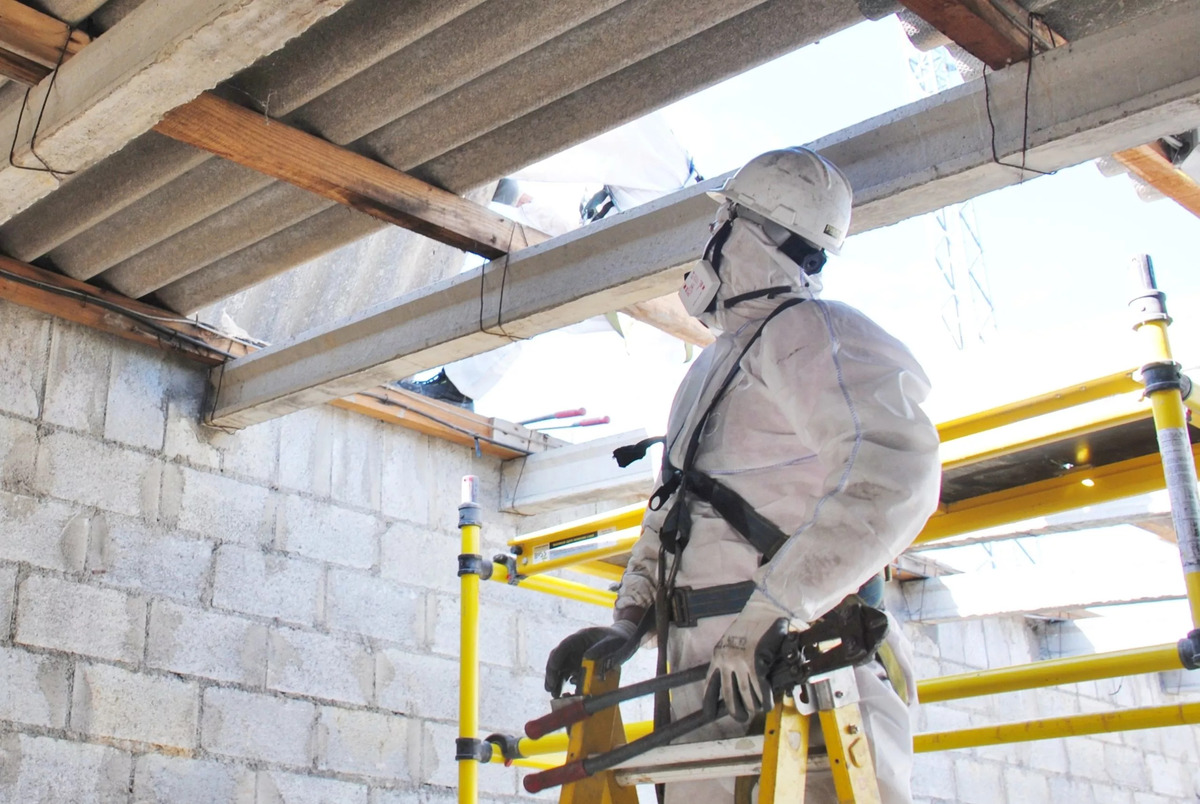

Building & Construction
What Is Abatement In Construction
Modified: December 7, 2023
Learn about abatement in building construction and its importance. Find out how it helps in the removal of hazardous materials and ensures a safe environment on construction sites.
(Many of the links in this article redirect to a specific reviewed product. Your purchase of these products through affiliate links helps to generate commission for Storables.com, at no extra cost. Learn more)
Introduction
Welcome to the world of construction, where every project involves numerous intricate and essential processes. One of these crucial processes is abatement. Abatement in construction refers to the techniques and procedures used to control, minimize, or eliminate various types of hazards or pollutants that may arise during the construction process.
Construction sites are dynamic environments that involve a complex interplay of machinery, materials, and activities. These activities can generate various pollutants, such as dust, noise, asbestos, lead, and other hazardous substances. The presence of these pollutants not only poses risks to the health and safety of the workers but also impacts the surrounding environment and communities.
Abatement serves as a vital tool in ensuring the health and well-being of construction workers, minimizing environmental impact, and complying with regulatory requirements. By implementing effective abatement techniques, construction projects can maintain a safe and sustainable work environment.
In this article, we will explore the definition of abatement in construction, the different types of abatement techniques, common applications, the importance of abatement in construction projects, regulations and compliance, challenges and issues, as well as future trends and innovations in abatement.
Key Takeaways:
- Abatement in construction is essential for safeguarding worker health, protecting the environment, and ensuring regulatory compliance through the use of various techniques and strategies tailored to specific hazards.
- The future of abatement in construction holds promising advancements, including automation, improved hazard identification, green practices, enhanced PPE, smart monitoring, and increased collaboration, contributing to safer, more sustainable construction practices.
Read more: What Is Construction
Definition of Abatement in Construction
Abatement in construction refers to the set of techniques and procedures used to control, minimize, or eliminate various types of hazards or pollutants that may arise during the construction process. It involves the identification, assessment, and implementation of measures to mitigate risks and ensure the health and safety of workers, protect the environment, and comply with regulatory requirements.
Construction sites can give rise to a range of hazards and pollutants, including dust, noise, vibrations, chemical substances, asbestos, lead, and more. These hazards can have detrimental effects on the health and well-being of workers, nearby residents, and the environment if not properly managed.
Abatement practices are designed to address these risks and hazards through preventive measures, control strategies, and remediation techniques. The goal is to reduce or eliminate the exposure to these hazards, thereby minimizing the potential harm.
Abatement in construction involves a multidisciplinary approach that encompasses various fields, such as environmental science, engineering, health and safety, and regulatory compliance. It requires expertise in identifying potential hazards, assessing risks, and implementing appropriate control measures.
The scope of abatement can vary depending on the specific construction project and the nature of the hazards involved. It may include measures such as containment, removal, encapsulation, substitution, ventilation, noise barriers, personal protective equipment (PPE), and waste management.
Abatement techniques should be implemented throughout the construction project lifecycle, starting from the planning and design phase and continuing through construction, operation, and even during demolition and site remediation.
Overall, abatement in construction plays a critical role in ensuring the safety and well-being of workers, protecting the environment, and achieving regulatory compliance. By effectively managing and controlling hazards and pollutants, construction projects can minimize risks, enhance sustainability, and maintain a positive impact on the surrounding community.
Types of Abatement Techniques
Abatement techniques in construction encompass a wide range of methods and strategies that are utilized to control and mitigate various hazards and pollutants. These techniques are tailored to address specific risks and can be categorized into several key types:
- Physical Abatement: Physical abatement techniques involve the use of physical barriers or containment measures to control and reduce hazards. For example, installing dust barriers around construction sites to prevent the spread of dust, using noise barriers to reduce noise pollution, or erecting scaffolding and safety nets for fall protection.
- Chemical Abatement: Chemical abatement techniques involve the use of chemical substances or treatments to mitigate hazards. For instance, applying sealants or coatings to encapsulate asbestos-containing materials, using chemical additives to suppress dust emissions, or employing chemical agents for the removal or neutralization of pollutants.
- Engineering Controls: Engineering controls refer to the design and implementation of structural or mechanical measures to minimize or eliminate hazards. This includes the use of ventilation systems to control airborne contaminants, implementing noise reduction measures in equipment and machinery, or designing ergonomic workspaces to prevent musculoskeletal disorders.
- Personal Protective Equipment (PPE): PPE is a crucial aspect of abatement, particularly in high-risk environments. It involves providing workers with appropriate protective gear to minimize their exposure to hazards. This may include items such as respirators, gloves, safety goggles, helmets, and earplugs.
- Environmental Abatement: Environmental abatement techniques focus on the management of environmental impacts associated with construction activities. This may involve implementing erosion control measures to prevent soil erosion, establishing runoff management systems to control stormwater pollution, or employing sustainable construction practices to reduce resource consumption and waste generation.
These abatement techniques are not mutually exclusive, and often multiple approaches may be combined to effectively manage and mitigate risks. The selection of the appropriate abatement techniques depends on the specific hazards present, the nature of the construction project, and the regulatory requirements in place.
By utilizing these various abatement techniques, construction projects can create a safer work environment, mitigate environmental impacts, and ensure compliance with health and safety regulations.
Common Applications of Abatement in Construction
Abatement techniques are applied across a wide range of construction activities to address various hazards and pollutants. Some of the common applications of abatement in construction include:
- Asbestos Abatement: Asbestos is a hazardous material commonly found in older buildings. Abatement techniques are used to identify, assess, and safely remove or encapsulate asbestos-containing materials during renovation or demolition projects. This ensures the protection of workers and prevents the release of asbestos fibers into the air.
- Lead Abatement: Lead-based paint, especially in older buildings, can pose significant health risks. Abatement techniques, such as encapsulation or removal, are used to address lead hazards safely, particularly during renovations or when demolishing structures containing lead-based paint.
- Dust Control: Construction activities often generate dust, which can be harmful to workers and nearby residents. Dust abatement techniques, such as water suppression, dust barriers, and proper waste management, are employed to minimize the spread of dust and maintain a clean and safe environment.
- Noise Mitigation: Construction sites can create high noise levels, impacting workers’ health and well-being as well as nearby communities. Abatement measures, including the use of noise barriers, sound insulation, and controlling equipment noise emissions, are applied to mitigate noise pollution and protect workers and the surrounding environment.
- Hazardous Material Management: Construction projects often involve the handling, use, and disposal of hazardous materials. Abatement techniques are employed to properly manage and handle these materials to minimize the risk of exposure and prevent environmental contamination.
- Water Pollution Control: Construction activities have the potential to generate runoff contaminated with sediment, chemicals, and other pollutants that can adversely affect water bodies. Abatement methods, such as erosion control measures, sediment basins, and sediment fences, are implemented to prevent water pollution and protect local ecosystems.
- Indoor Air Quality: Construction projects can impact indoor air quality, particularly in occupied buildings. Abatement techniques, such as proper ventilation, air filtration, and control of indoor pollutants, are used to maintain a healthy indoor environment for occupants during construction activities.
These are just a few examples of the common applications of abatement in construction. The specific techniques and strategies employed will vary depending on the project, hazards, and regulatory requirements. By implementing these abatement practices, construction projects can create a safer, healthier, and more sustainable environment for all those involved.
Importance of Abatement in Construction Projects
Abatement plays a crucial role in construction projects for several significant reasons. Here are some of the key importance of abatement:
- Worker Health and Safety: The well-being and safety of workers are paramount in any construction project. Abatement techniques help mitigate hazards and pollutants that can pose risks to construction workers. By implementing effective abatement measures, construction companies can provide a safe working environment, reducing the incidence of accidents, injuries, and long-term health issues related to exposure to hazardous substances.
- Environmental Protection: Construction activities can have adverse effects on the environment, including air pollution, water pollution, and habitat destruction. Abatement techniques, such as proper waste management, pollution control measures, and sustainable construction practices, help minimize these impacts. By implementing environmental abatement strategies, construction projects can contribute to the conservation and preservation of natural resources and ecosystems.
- Regulatory Compliance: Abatement is critical for ensuring compliance with health, safety, and environmental regulations. Construction projects must adhere to local, state, and federal regulations to avoid penalties, legal issues, and reputational damage. By incorporating abatement techniques and practices, construction companies demonstrate their commitment to regulatory compliance and responsible construction practices.
- Public Health and Community Well-being: Construction projects can have a significant impact on nearby communities. Abatement techniques, such as dust control, noise reduction, and pollution prevention, help mitigate the negative effects on the health and well-being of community members. By considering the surrounding community’s needs and implementing abatement measures, construction projects contribute to creating a harmonious and livable environment for everyone.
- Sustainable Construction: Abatement techniques are essential components of sustainable construction practices. By incorporating environmental abatement strategies, such as reducing waste, promoting energy efficiency, and using eco-friendly materials, construction projects can minimize their carbon footprint, conserve resources, and contribute to a more sustainable built environment.
- Project Efficiency: Implementing abatement measures from the early stages of a construction project can improve project efficiency. By identifying potential hazards and implementing appropriate control measures, construction companies can avoid delays, disruptions, and additional costs that may arise from unforeseen issues. This proactive approach ensures a smoother construction process and enhances overall project success.
Overall, abatement plays a vital role in construction projects by safeguarding worker health and safety, protecting the environment, ensuring regulatory compliance, promoting community well-being, advancing sustainable construction practices, and enhancing project efficiency. By prioritizing abatement, construction companies can create a safer, healthier, and more sustainable construction industry.
Abatement in construction refers to the reduction or elimination of a hazard, such as lead or asbestos, to ensure a safe and healthy work environment. It is important to follow proper abatement procedures to protect workers and the surrounding environment.
Read more: What Are Swales In Construction
Regulations and Compliance in Abatement
Abatement in construction is subject to a range of regulations and compliance requirements to ensure the proper management and control of hazards and pollutants. These regulations aim to protect the health and safety of workers, minimize environmental impacts, and maintain compliance with applicable laws. Here are some key aspects of regulations and compliance in abatement:
- Occupational Safety and Health Administration (OSHA): OSHA is a federal agency responsible for establishing and enforcing workplace safety and health standards in the United States. OSHA sets regulations for various hazards commonly encountered in construction, including asbestos, lead, silica, noise, and respiratory protection. Construction companies must comply with OSHA regulations to protect workers’ health and safety during abatement activities.
- Environmental Protection Agency (EPA): The EPA is the federal agency responsible for protecting human health and the environment. The EPA regulates hazardous substances, including asbestos, lead, and other pollutants generated during construction activities. Companies must comply with EPA regulations when managing hazardous materials, properly disposing of waste, and following guidelines for pollution prevention.
- State and Local Regulations: In addition to federal regulations, state and local authorities may have their own specific requirements and regulations governing abatement in construction. Construction companies must be aware of and comply with these regulations, which can vary based on location, including specific licensing requirements, notification procedures, and waste disposal regulations.
- Permitting and Notification Requirements: Many abatement activities, such as asbestos removal or hazardous waste disposal, require permits or notifications before work can commence. These permits are typically obtained from regulatory agencies and often involve submitting detailed plans, conducting inspections, and complying with specific protocols to ensure proper abatement procedures are followed.
- Industry Standards and Best Practices: Alongside regulatory requirements, construction companies often adopt industry standards and best practices in abatement. These standards may be established by professional organizations, trade associations, or consensus-based organizations. Following industry standards helps ensure that abatement activities are carried out with the most up-to-date and effective techniques and recommendations.
- Training and Certification: Due to the high-risk nature of abatement activities, workers involved in abatement must undergo proper training and certification. This ensures they have the necessary knowledge and skills to safely handle hazardous materials, use personal protective equipment (PPE), and implement abatement techniques in compliance with regulations. Certification programs are often provided by recognized organizations and require periodic renewal or refresher courses.
Failure to comply with regulations and ensure proper abatement practices can result in legal consequences, fines, project delays, reputational damage, and most importantly, endangering the health and safety of workers and the environment. It is crucial for construction companies to stay updated on relevant regulations, obtain necessary permits, follow best practices, and provide adequate training to ensure compliance with abatement requirements.
Challenges and Issues with Abatement in Construction
While abatement plays a crucial role in ensuring worker safety, environmental protection, and regulatory compliance in construction projects, it is not without its challenges and issues. Here are some common challenges and issues faced with abatement in construction:
- Cost: Abatement can be a significant expense in construction projects, particularly when dealing with hazardous materials like asbestos or lead. The costs associated with proper containment, removal, disposal, and monitoring can add considerable financial burden to a project. Balancing the need for effective abatement while managing costs requires careful planning and resource allocation.
- Technical Complexity: Abatement activities can be technically complex, requiring specialized knowledge and expertise. The identification and assessment of hazards, selection of appropriate abatement techniques, and implementation of control measures can be challenging for construction professionals who may not have specific training in abatement. Engaging with experts and consultants in abatement can help overcome technical complexities.
- Tight Project Timelines: Construction projects often operate under tight deadlines, with little room for delays. Abatement activities, such as asbestos removal or lead encapsulation, may require additional time and effort, potentially impacting the overall project schedule. Proper planning and coordination with the construction team are necessary to ensure that abatement activities are seamlessly integrated into the project timeline.
- Disruption to Occupied Spaces: In cases where abatement is required in occupied buildings, such as renovations or refurbishments, minimizing disruption to occupants can be a challenge. Protecting occupants from hazards, ensuring proper containment and ventilation, and maintaining a safe and comfortable environment during abatement activities requires careful planning and effective communication with building occupants.
- Worker Safety: While abatement aims to protect worker safety, the nature of abatement activities introduces additional risks. Workers conducting abatement may be exposed to hazardous substances, encounter unexpected conditions, or face ergonomic challenges. Providing adequate training, enforcing safety protocols, and ensuring proper personal protective equipment (PPE) use are critical to safeguarding worker safety during abatement activities.
- Public Perception: Construction projects involving abatement activities can sometimes face public scrutiny and community concerns. Fear or misunderstanding about the potential health and environmental risks associated with abatement activities may cause opposition or resistance from the public. Open and transparent communication, addressing community concerns, and emphasizing the importance of proper abatement practices can help build trust and overcome public perception challenges.
Addressing these challenges and issues requires proactive planning, communication, and collaboration among all parties involved in the construction project. By acknowledging and mitigating these challenges, construction companies can successfully navigate abatement activities while ensuring worker safety, environmental protection, and compliance with regulations.
Future Trends and Innovations in Abatement
The field of abatement in construction is continuously evolving with advancements in technology, changing regulations, and a growing emphasis on sustainability. Here are some future trends and innovations that are expected to shape the landscape of abatement:
- Automation and Robotics: The use of automation and robotics in abatement activities can enhance efficiency and reduce human exposure to hazards. Robotic systems equipped with sensors and cameras can be utilized for remote monitoring and inspection, reducing the need for human workers in high-risk areas. Automated systems can also streamline tasks such as waste removal and decontamination processes, improving the overall productivity of abatement activities.
- Improved Hazard Identification: Advances in technology, such as advanced imaging techniques and real-time monitoring, are improving the detection and identification of hazards. These tools enable more accurate and efficient identification of substances like asbestos, lead, or other contaminants. By enhancing hazard identification, construction projects can implement targeted abatement strategies, minimizing unnecessary disruption and costs.
- Green Abatement Practices: The future of abatement will likely see an increased focus on green practices that prioritize sustainability. Construction companies are likely to adopt more eco-friendly materials and techniques that reduce resource consumption, promote recycling and waste reduction, and decrease the environmental impact of abatement activities. Green abatement practices align with the growing emphasis on sustainable construction and can help minimize the carbon footprint of construction projects.
- Enhanced Personal Protective Equipment (PPE): Personal protective equipment is a crucial aspect of abatement. Future innovations in PPE are expected to provide enhanced protection and comfort for workers. This may include the development of lightweight and breathable materials, improved respiratory protection devices, and wearable technologies that offer real-time monitoring of worker health and exposure levels.
- Smart Monitoring and Data Analytics: The integration of smart monitoring systems and data analytics can provide real-time insights into abatement activities. Sensors and connected devices can monitor air quality, noise levels, and worker exposure to hazards. Data analytics can analyze this information to identify trends, optimize abatement strategies, and enable proactive decision-making, ultimately improving the overall effectiveness and efficiency of abatement projects.
- Increased Collaboration and Training: As abatement technologies and practices advance, collaboration and training among construction industry professionals, regulatory agencies, and abatement experts will become increasingly important. Sharing best practices, knowledge transfer, and ongoing training programs will help ensure that construction projects are equipped with the necessary skills and expertise to implement abatement measures effectively and comply with evolving regulations.
As the construction industry continues to evolve, so will the field of abatement. Embracing future trends and innovations in abatement will not only enhance worker safety, environmental protection, and regulatory compliance but also contribute to more sustainable and efficient construction practices.
Conclusion
Abatement in construction is a vital process that focuses on controlling, minimizing, and eliminating hazards and pollutants encountered in construction activities. By implementing effective abatement techniques, construction projects can ensure the safety of workers, protect the environment, and maintain compliance with regulatory requirements.
The definition of abatement encompasses a range of techniques, including physical, chemical, engineering controls, PPE, and environmental measures. These techniques address hazards such as asbestos, lead, dust, noise, and water pollution, among others. The selection and application of specific abatement techniques depend on the nature of the hazards present and regulatory requirements.
Common applications of abatement in construction include asbestos and lead abatement, dust control, noise mitigation, hazardous material management, water pollution control, and indoor air quality maintenance. Implementing abatement practices during construction projects not only protects workers but also contributes to the well-being of nearby communities and the preservation of the environment.
Abatement in construction is governed by various regulations and compliance requirements, including those set by OSHA, EPA, and local authorities. Construction companies must adhere to these regulations, obtain necessary permits, and follow industry standards and best practices to ensure safe and compliant abatement activities.
Despite the importance of abatement, there are challenges to overcome, such as the cost, technical complexity, project timelines, disruption to occupied spaces, worker safety, and public perception. Addressing these challenges requires careful planning, proper training, and effective communication among all stakeholders involved in the construction project.
Looking ahead, the future of abatement in construction is promising. Automation and robotics, improved hazard identification, green abatement practices, enhanced personal protective equipment, smart monitoring, data analytics, and increased collaboration and training are expected to shape the future of abatement. These advancements will further improve worker safety, enhance environmental sustainability, and enable more efficient and effective abatement practices.
In conclusion, abatement in construction plays a crucial role in protecting workers, the environment, and ensuring regulatory compliance. By prioritizing abatement techniques and embracing future trends and innovations, construction companies can create a safer, healthier, more sustainable, and successful construction industry.
Frequently Asked Questions about What Is Abatement In Construction
Was this page helpful?
At Storables.com, we guarantee accurate and reliable information. Our content, validated by Expert Board Contributors, is crafted following stringent Editorial Policies. We're committed to providing you with well-researched, expert-backed insights for all your informational needs.

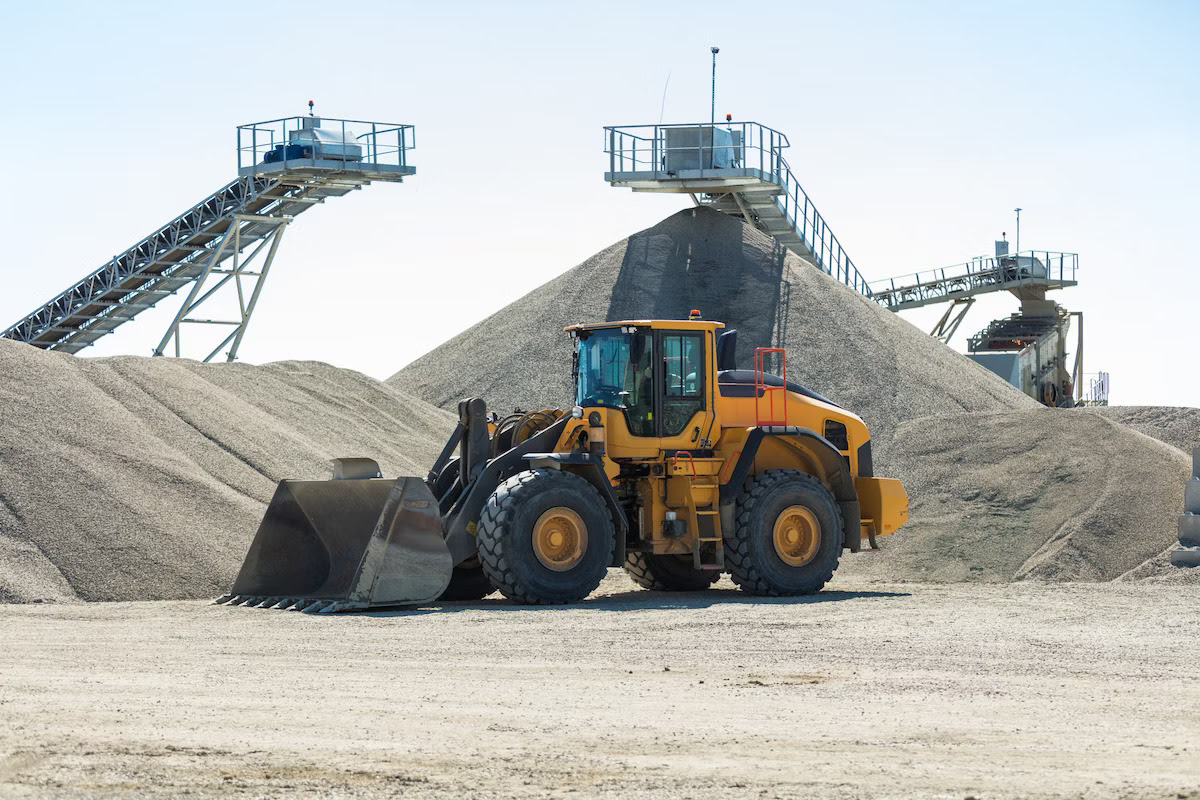


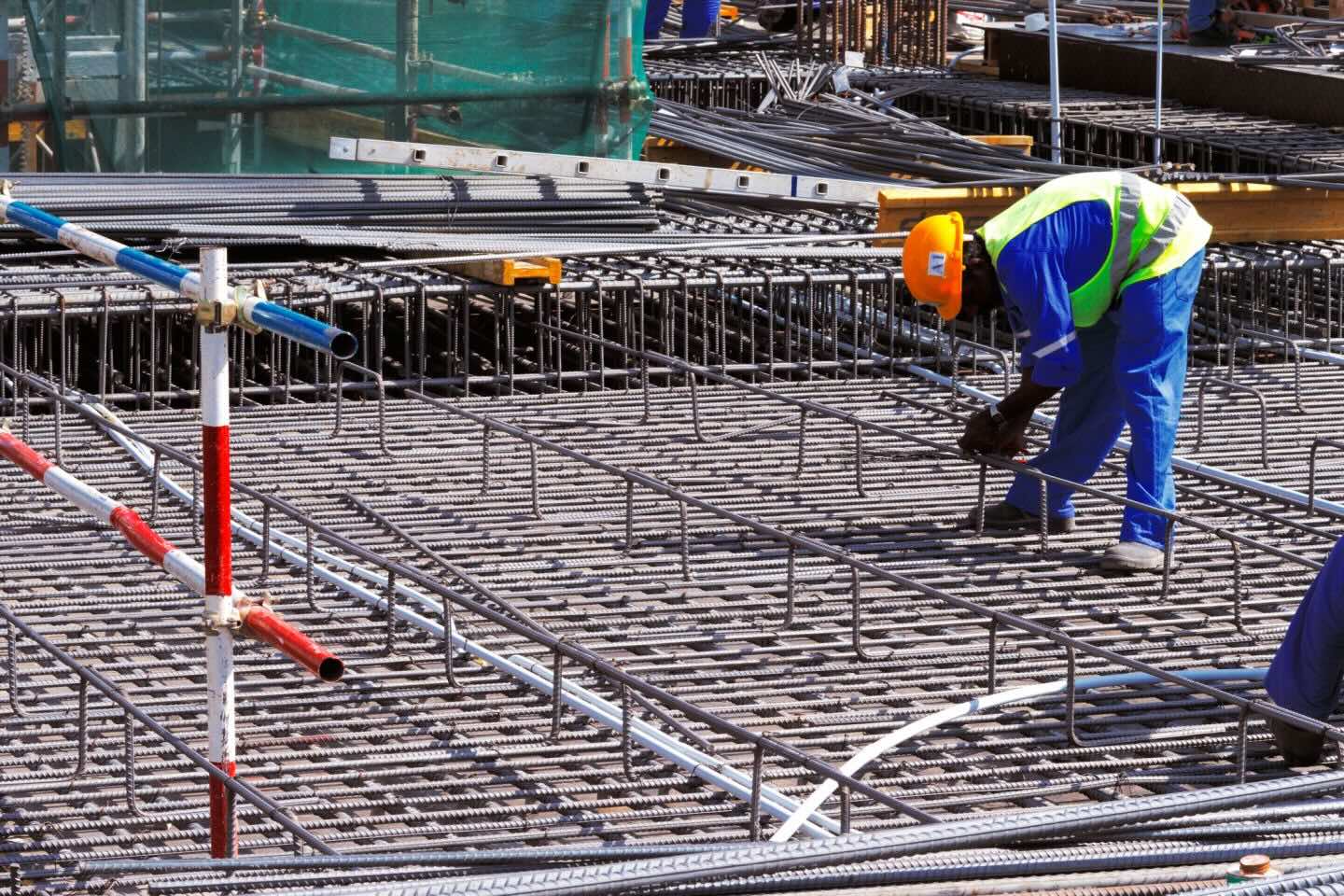




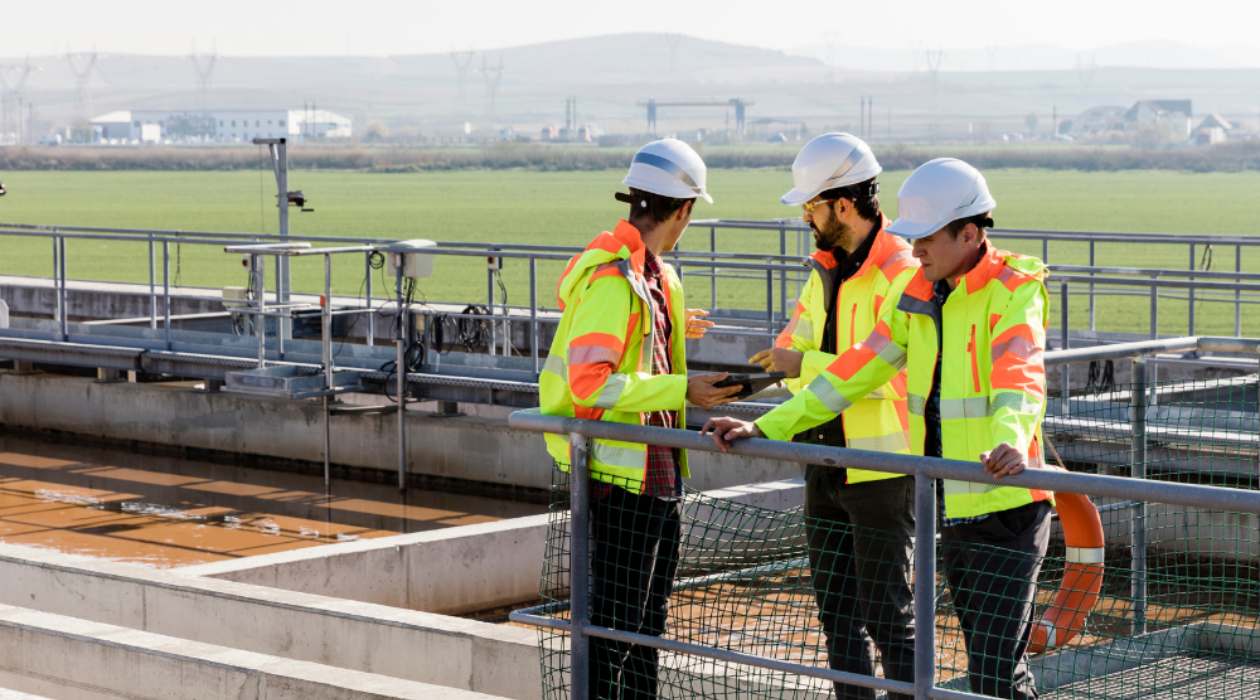

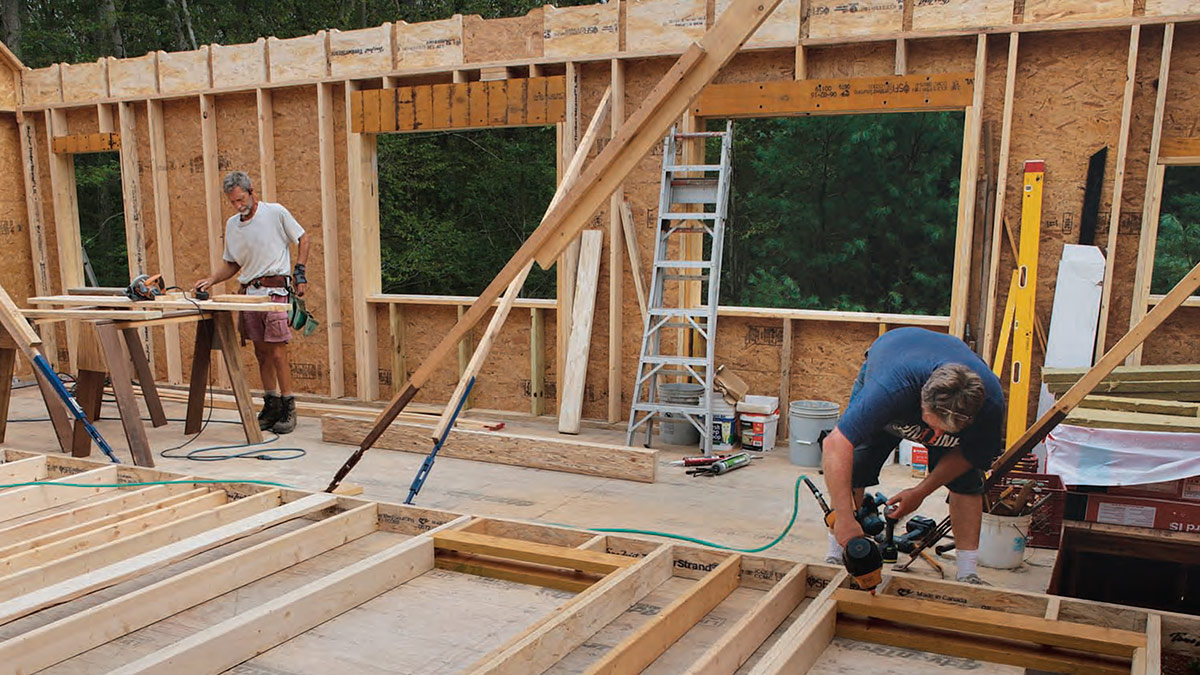

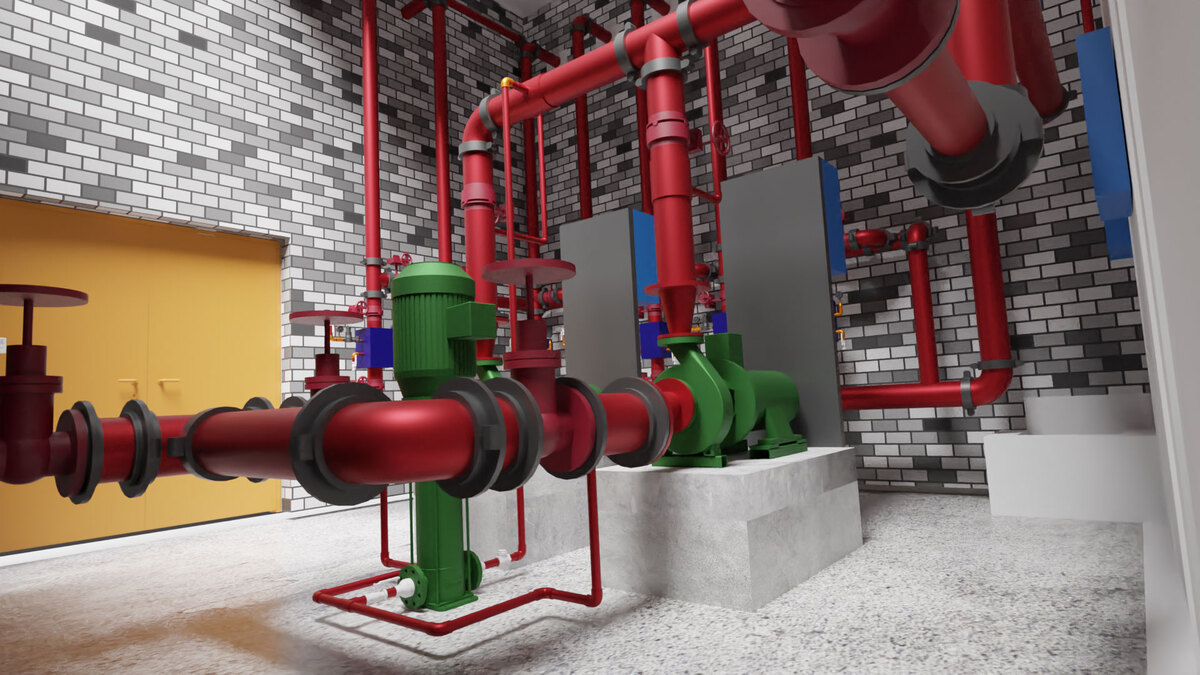

0 thoughts on “What Is Abatement In Construction”